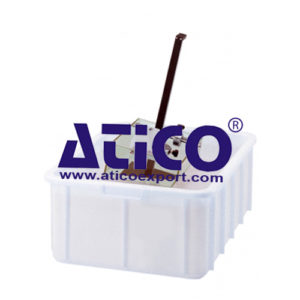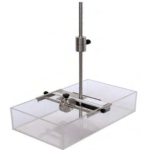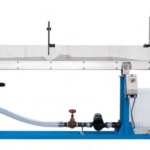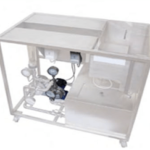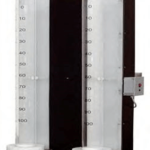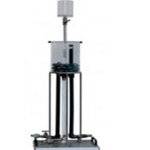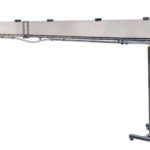In hydrostatics, the metacentre is an important point to be considered when assessing the stability of floating bodies. Stability refers to the ability of a ship to right itself from a heeled position. The metacentre is the intersection of the buoyancy vector and the vessel’s axis of symmetry at a certain heel.
The unit can be used to study the stability of a floating body and to determine the metacentre graphically. In addition, the buoyancy of the floating body can also be determined. The experiment is easy to set up and is particularly suitable for practical work in small groups.
The experiment is conducted in a tank filled with water. A transparent body with a rectangular frame cross-section is used as the floating body. Clamped weights that can be moved horizontally and vertically make it possible to adjust the centre of gravity and the heel.
Learning Objectives And Experiments
- Study and determination of
- Buoyancy, centre of buoyancy
- Centre of gravity, metacentre, stability
- Heel
Features
- Stability of a floating body
- Determining the metacentre
- Other floating bodies with different shapes of frame optionally available
Specification
- Investigating the stability of a floating body and determining the metacentre
- Transparent floating body with rectangular frame cross-section
- One horizontally movable clamped weight for adjusting the heel
- One vertically movable clamped weight for adjusting the centre of gravity
- Clinometer with scale for displaying the heel
- Other floating bodies with different shapes of frame available as accessories
Technical data
- Floating body
- L x w x h: 300x130x190mm
- Mast height: 400mm
- Horizontal scale: 180mm
- Vertical scale: 400mm
- Height scale of the floating body: 120mm
- Clinometer scale: ±30°
- Weights
- Floating body without clamped weights: approx. 2,7kg
- Vertical clamped weight: 575g
- Horizontal clamped weight: 196g
- Tank for water: 50L

